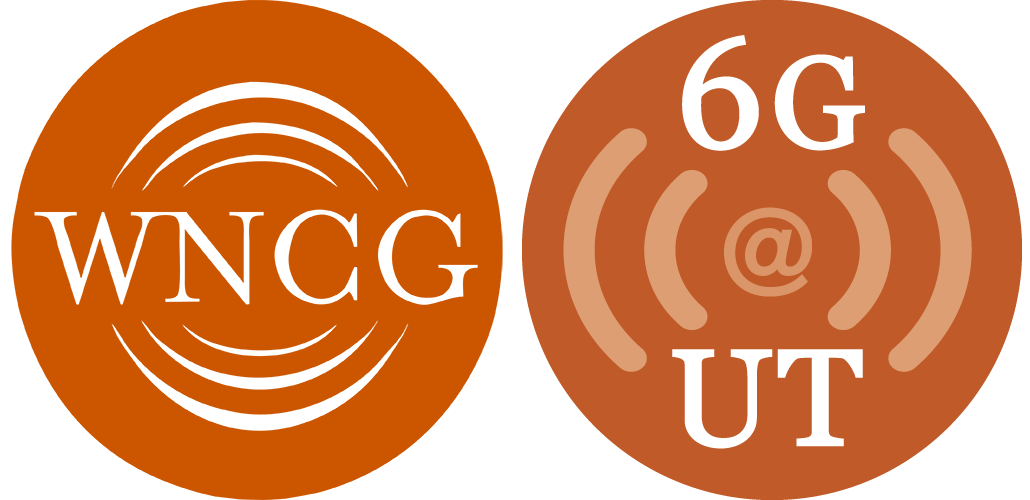Wireless networks are inherently limited by their own interference. Therefore, a lot of research focuses on interference reduction techniques, such as mutiuser MIMO, interference alignment, interference coordination or multi-cell processing. Although these techniques might lead to considerable performance gains, it is unlikely that they will be able to meet the demand for wireless data traffic in the future. Therefore, a significant network densification, i.e., increasing the number of antennas per unit area, is inevitable. One way of densifying the network consists in cell-size shrinking, such as the deployment of femto or small cells, which comes at the cost of additional equipments and increased interference. Another much simpler, but also less explored, option is the use of massively more antennas at each base station (BS). In this talk, we will discuss the challenges of small cell versus massive MIMO networks and show how Random Matrices provides the ideal framework to model, design and optimize beyond LTE (Long Term Evolution) networks
RMT based design of massive dense networks
Event Status
Scheduled
Event Details
Date and Time
Sept. 13, 2012, All Day

